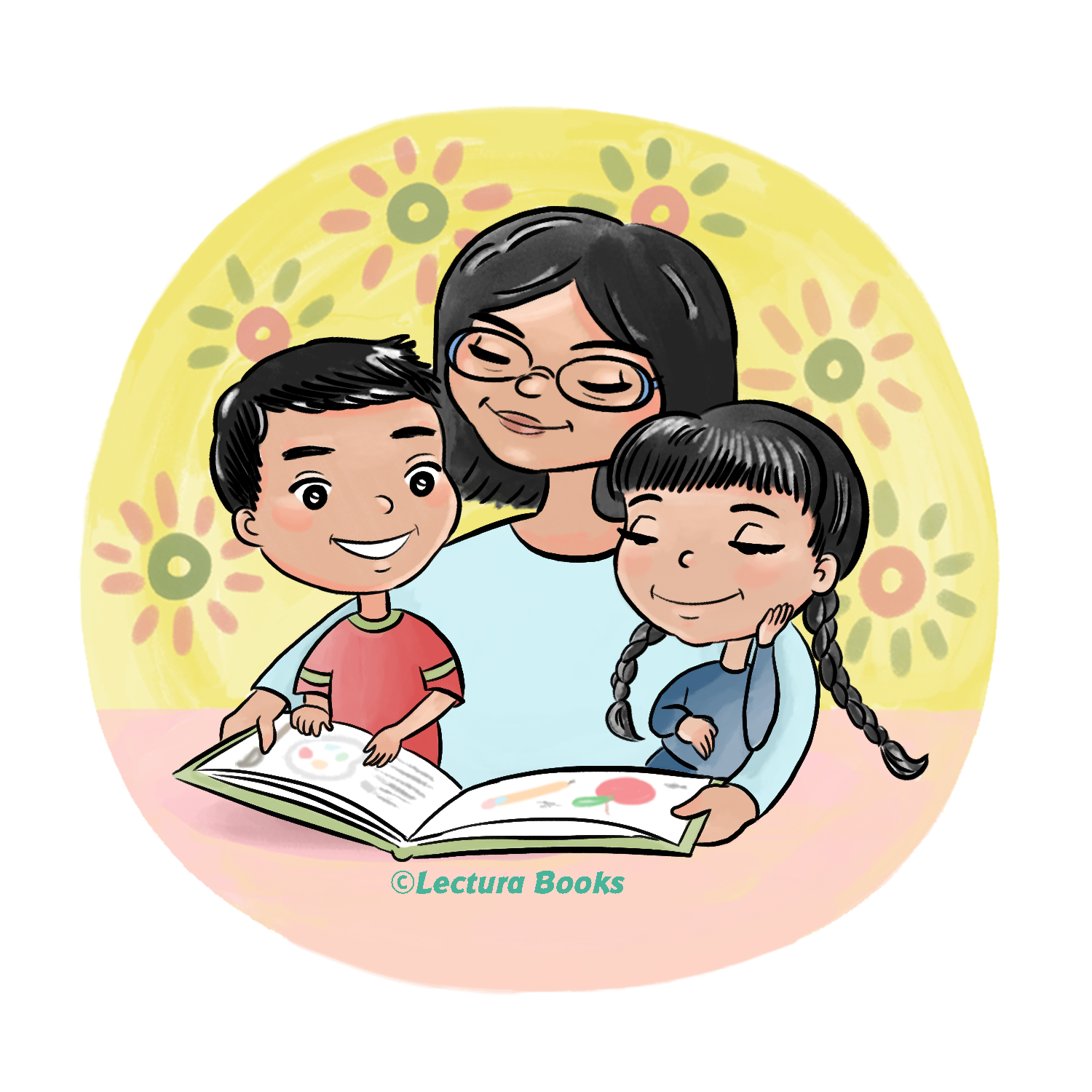Five Reasons to Teach Children a Second Language
There are innumerable benefits to teaching kids a foreign language, but for the purposes of this article, let’s just take a look at the top five reasons to teach children a second language.
So the first and most obvious is how advantageous it is to know another language when traveling, for career purposes and the ability to make deep friendships with people from different ethnicities.

A second terrific reason is that dual language learners (DLLs) may have a slight cognitive advantage. In terms of what that cognitive edge is, the data shows that bilinguals, both kids and adults, can switch more seamlessly between tasks compared to monolinguals.
Parents often worry about how well their child will do on tests. However, they can rest easier knowing that children learning a foreign language often do better in the core subjects on standardized tests compared to kids only learning one. So that’s why it’s the third top reason. For instance, a journal article by Learning Landscapes described a study in which close to 14,000 Louisiana elementary school kids, regardless of gender, race or academic level, consistently scored higher on the Basic Skills Test compared to monolingual children.
Though it’s a smaller percentage of kids impacted, this next one is of such value, that it’s been designated as the fourth reason. Various studies in a report by the Connecticut State Department of Education show that low income, minority children often make the greatest proportionate achievement gains from learning a second language and that’s big considering the other challenges they face in school and life, in general.
Last, but not least, reason number five is that ELLs could end up earning more. The Hanen Center, a Canadian, charitable organization, for instance, shows data that indicates Canadians who speak English and French earn close to 10 percent more compared to Canadians who only speak English.
So the research is irrefutable. Kids really can’t go wrong learning two languages. Finding educational programs that support ELL students’ first language, such as The Latino Family Literacy Project, can make an enormous difference on their academic and language acquisition success.
